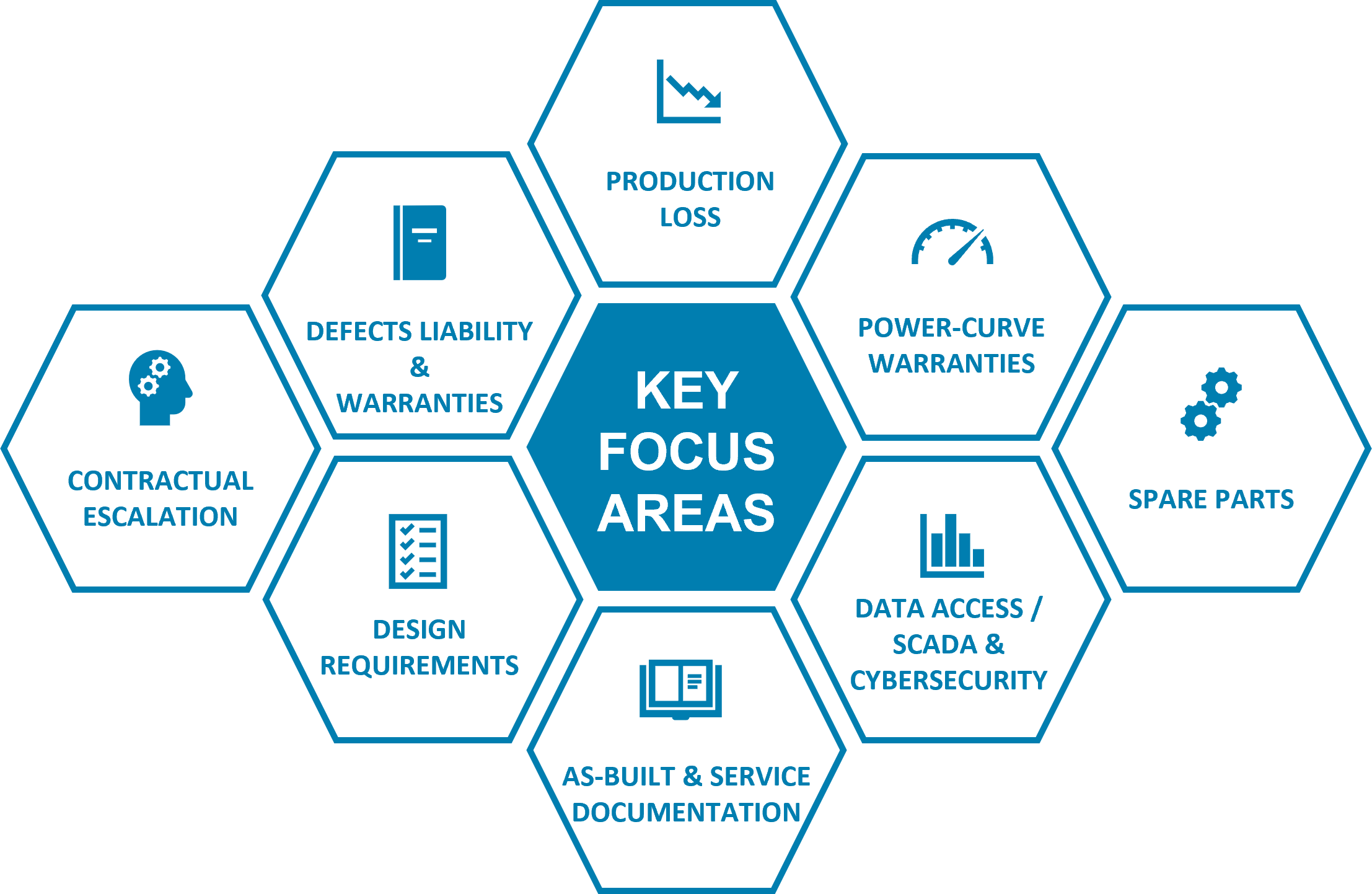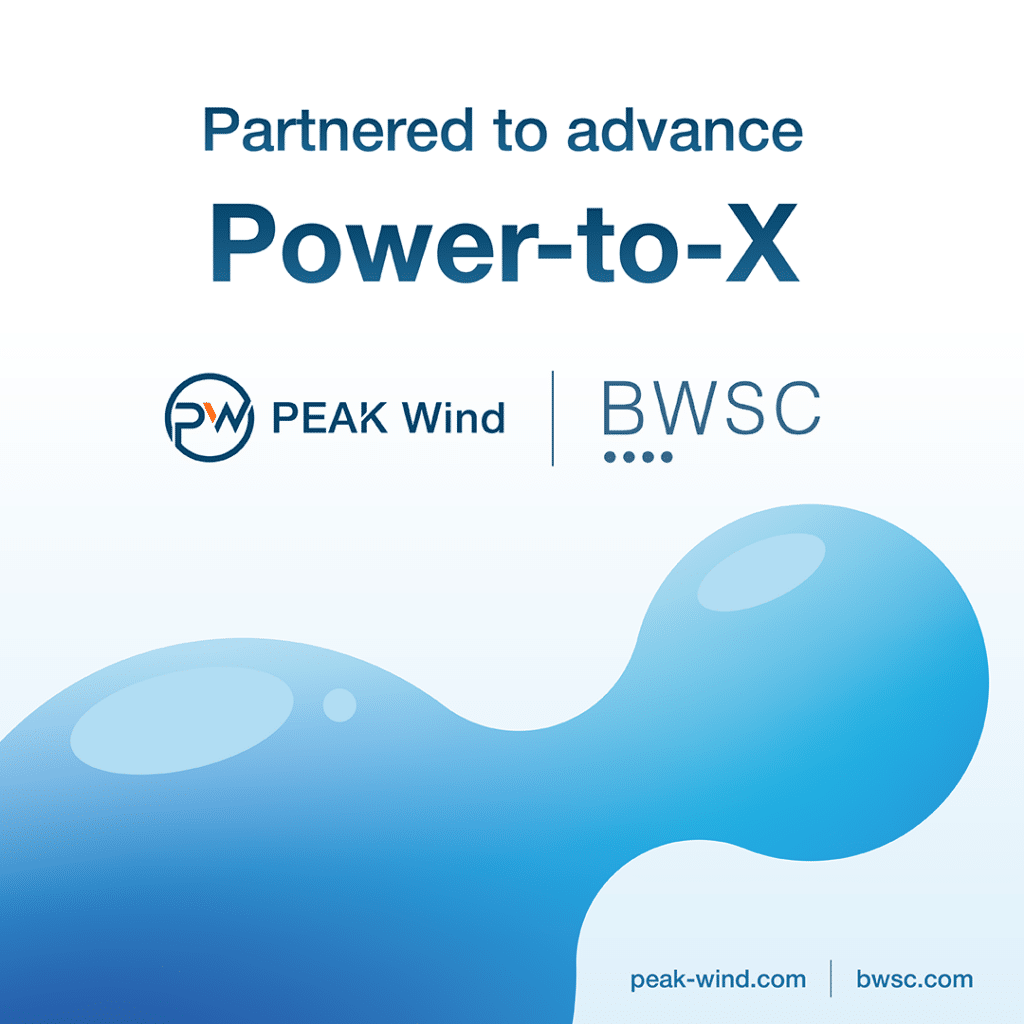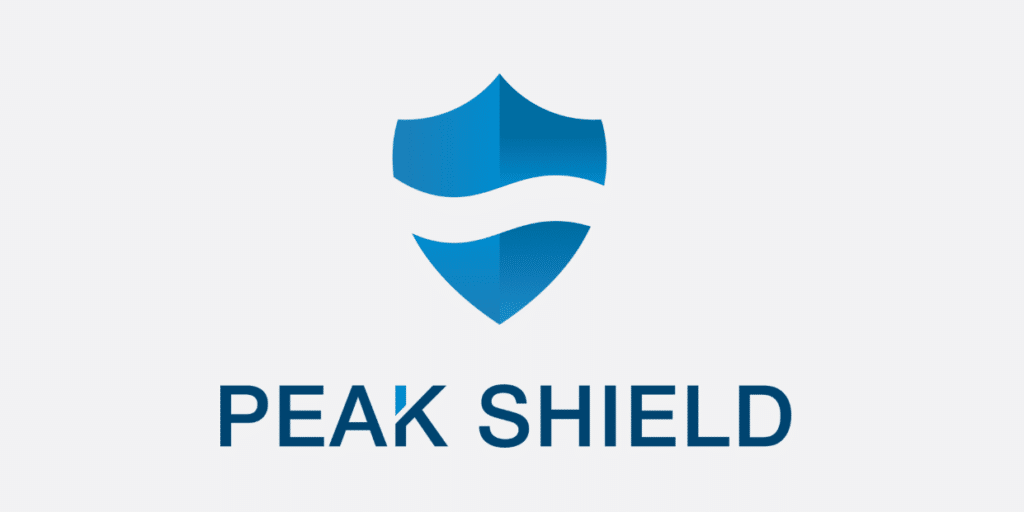
The Turbine Supply Agreement (TSA) is one of the most important contracts in any wind project. Despite being predominantly a supply contract, there are several important elements which have an impact on the operational phase of the project. As a wind farm owner (Owner) with long-term exposure to the operational performance of the asset, you need to ensure that a high level of attention is given to the “post take-over” sections of the contract.
Too often we see Owners and Operators with OEM service and maintenance agreements (‘SMA’)* that do not fully provision for alternative asset operational management strategies. In some respects, this is understandable considering that the TSA, as well as the SMA, are normally signed many years before Owners have their focus on driving efficiencies in operational management. However, having the option to deploy an alternative operational strategy in the future can be secured up-front by building in the right contractual clauses in the SMA (an important right of the Employer in particular for longer term Service Agreements). In addition to securing commercially manageable “right to terminate” clauses in the SMA, ensuring that technical and regulatory documentation required to bring in a 3rd party operator is contractually secured in the TSA is also crucial.
*Some OEMs refer to SMA as SAA (Service Availability Agreement) or SWA (Service Warranty Agreement)
Why should you read this article?
- To maximise the value creation of the TSA in the early operational lifetime of your wind farm
- To deliver long-term operational flexibility through a worked-through TSA
Operational focus areas for contracting
Some key focus areas which impact the operational phase that should be considered when negotiating the TSA are summarised in Figure 1 and explained in more detail below.

Figure 1. Some key focus areas within the TSA which impact the operational phase (non-exhaustive)
Defects liability and OEM warranties
There is no standard way for defining Defect, Latent Defect or Serial Defect clauses in TSAs. When deploying new technology as is often the case in wind projects, Serial Defects in particular are of high importance. The TSA should place clear obligations on the OEM regarding searching for Defects and the sharing of information from any technical RCA (Root-Cause Analysis) carried out on Defective/Serially Defective parts. In addition, a concise Defects liability section which clearly describes who bears the different cost elements for Defect remediation is essential. This is especially pertinent for Owners seeking the flexibility to operate assets themselves after an initial OEM Service Contract period.
Production loss
Especially in offshore wind projects, the indirect cost of production loss during Defect remediation can be in the same ballpark as the direct costs associated with major retrofit campaigns (especially when main components / jack-up vessels are not required). The Owner’s commercial position can be strengthened by concise contract wording which leaves no room for interpretation regarding under which situations lost production is compensated for.
Power-curve warranties
It is in the Owner’s interest to be able to measure the performance of the WTGs (Wind Turbine Generators) to ensure AEP (Annual Energy Production) is in line with business case expectations. Whilst OEMs often provide warranted power curves, focus is needed in the contract negotiation phase to ensure that the process for carrying out power-curve assessments is not so cumbersome that any commercial claim becomes impossible.
Contractual escalation
Owners need to consider what their rights are in the event of OEM non-conformance during the warranty period. Considering contractual disputes seldom end up in litigation cases, a carefully defined escalation process is necessary. Having the potential to offset any outstanding TSA milestone payments against non-performed Defect remediation is an extremely effective commercial tool for driving OEM performance and getting issues resolved quickly.
Design requirements
It is important to factor in the operational perspective to the design requirements of the turn-key TSA delivery. For wind farms where turbine accessibility is costly and often restricted, reoccurring non-critical breakdowns or failures can have a high impact on OPEX (Operational Expenditure) and lost production. Design requirements which describe operational performance metrics for critical systems and components strengthen the Owner’s position when pursuing Defect claims and lead to the implementation of correctly-engineered solutions that comply with industry best practice.
As-built and service documentation
It is important that the documentation requirements of TSA contracts are fully elaborated. This is most effectively done by a comprehensive list of documents that should be provided by the OEM at various milestones (for example, before take-over or at the end of the Defects Notification Period). Owners need to think ahead: How can spare parts be procured in for instance year 15 of operation? Can spare parts be sourced more cheaply independently of the OEM? Has the “as-is” documentation for the turbines been updated consistently throughout the period where the OEM is also servicing the turbines? Are there obligations for handing over of documentation and continued access to and right to use same at the end of Defect Notification Period (DNP) or upon SMA contract expiry? For Owners who at some point wish to have the option to pursue alternative operational strategies which don’t involve the OEMs, access to all the documentation required to service and maintain the asset safely and in compliance with local regulation is critical.
Data access / SCADA
Having full access to all aspects of the OEM SCADA system and park pilot, documentation which contains parameter set-points and descriptions of the control philosophy is essential for Owners who wish to have the option to employ 3rd party service and maintenance contractors later in the operational lifetime. Turbine software and SCADA platforms are evolving systems which are constantly updated, and Owners need to ensure that this is accounted for in the TSA requirements.
Spare parts
Owners often pay up-front for an extensive repertoire of spare parts from the OEMs based on OEM recommendations. Consideration needs to be given to drafting of the contractual clauses to ensure that the Owner does not end up with a stock of poorly maintained, obsolete or superseded spare parts after several years of operation. Alternatively, one should ask the OEM why they cannot hold the stock and provide a delivery guarantee.
Watch out – Increasing Intertwining of TSA and SMA contracts
There is a tendency for TSA and SMA contracts to become ever more intertwined with cross-references between the
two contracts. Owners need to ensure that any ambiguity cannot be used to the OEM’s advantage during the operational phase. For example, if the Owner is responsible for the provision of HV switching or crew-transfer vessels under the SMA/SAA, then who should bear the costs for these provisions for TSA Defect remediation work and at what cost?
Keep in mind…
- The TSA is not only a supply agreement. A well worked-through agreement reduces technical and operational risk during the DNP (via OEM warranties) and well-defined TSA deliverables can provide a foundation for adopting different operational strategies during the wind farm lifetime.
- Any overlap or grey areas between the TSA and SMA/SAA contracts should be clearly understood and the wording phrased to ensure ease of interpretation during the operational phase.
Want to learn more about successful operations?
Just reach out to us, we are always happy to get to answer your questions and get into discussions on optimized
operations and asset management!
Brian Tully | Senior Manager & Country Director UK | Get in touch
Lars Conradsen | Co-founder and Head of Technology | Get in touch





